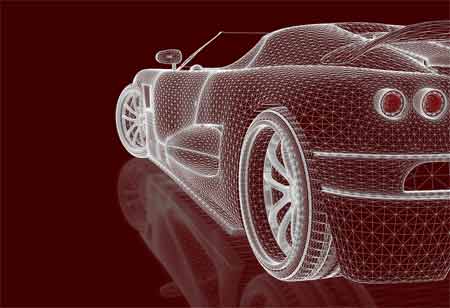THANK YOU FOR SUBSCRIBING
THANK YOU FOR SUBSCRIBING
Be first to read the latest tech news, Industry Leader's Insights, and CIO interviews of medium and large enterprises exclusively from Auto Tech Outlook

By
Auto Tech Outlook | Thursday, September 14, 2023
Stay ahead of the industry with exclusive feature stories on the top companies, expert insights and the latest news delivered straight to your inbox. Subscribe today.
Marketing strategies that involve consumers and creators will reshape automotive marketing.
FREMONT, CA: The automotive industry has been experiencing dramatic change over the past five years. The automotive industry is ripe for disruption with trends such as mobility, connectivity, autonomy, and sustainability. The traditional model of visiting a dealership, speaking with a salesperson, driving a car, and making a deal quickly disappears.
As evidenced by Google's research into online buyer habits, 90 percent of car buyers begin their searches online. Automotive businesses have adapted their marketing spend and strategies accordingly.
The inevitable shift to social media: Consumers use social media to find authentic content to assist them with decision-making throughout the buying process. Recent research from CarGurus found that 71 percent of car buyers confirm that social media supports their buying process, which confirms that social media is emerging as a key digital channel within the buying funnel of new automotive buyers. Social media allows potential buyers to research, crowdsource recommendations, and actively interact with brands and reviews. YouTube is the most popular social media channel for car-buying; this trend is evident in the US, where watch times for test drive videos have increased by more than 65 percent in the past two years. A deeper look at this shows that new buyers increasingly turn to everyday people for automotive content. According to Pixability, creator-produced videos accounted for 93 percent of YouTube's monthly views (compared with only 7 percent of videos associated with brands). In addition, vlogs receive more engagement than commercials and other types of content, highlighting this point.
Integrating more reality: Consumer and creator participation in automotive marketing will reshape the sector in the future, resulting in marketing strategies that involve real peoplethroughout the sales funnel.Participation branding uses the power of real people to influence and advocate for brands and innovate the buying experience by enabling people to participate actively. Among the tactics to help brands create meaningful connections with their current and new consumers will be peer-to-peer storytelling, collaborations with creators, and user-generated content. The role of social media in channeling participation branding in automotive marketing will be pivotal, with strategies that entail realness at the core of their storytelling. A growing number of prospective automotive buyers seek more than staged video tests on social media but authentic narratives showing how people and creators interact with products in the real world. According to 82 percent of Gen Z consumers, they trust a company more if it uses images of real customers in its advertising, emphasizing the importance of participatory content to the next generation.
 Copyright © 2025 AutoTech Outlook. All Rights Reserved | Privacy Policy | Subscribe | Sitemap | About us | Feedback Policy | Editorial Policy
Copyright © 2025 AutoTech Outlook. All Rights Reserved | Privacy Policy | Subscribe | Sitemap | About us | Feedback Policy | Editorial Policy 



